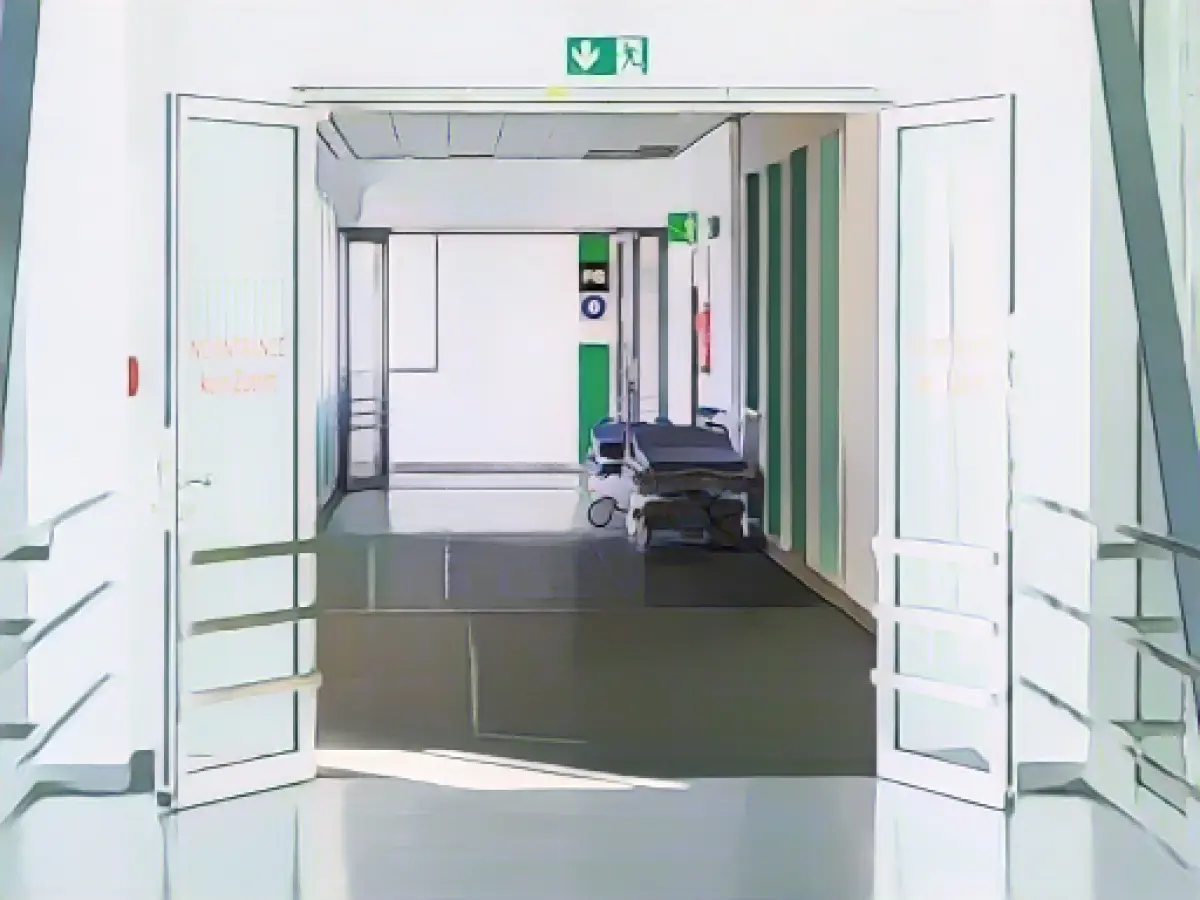Last year, hospitals in North Rhine-Westphalia saw a decrease in inpatient treatments compared to pre-pandemic levels, despite a slight uptick from 2021. A total of 4.1 million patients left the hospitals post-treatment in 2022, according to the State Statistical Office in Düsseldorf. Although this figure is 10,000 more than in 2021, it still falls short by a significant 567,000 patients compared to 2019.
Between 2010 and 2016, inpatient treatments in NRW hospitals had consistently risen, peaking at 4.66 million patients in 2019. The North Rhine-Westphalia Hospital Association attributed this drop to ongoing restrictions, particularly due to staff shortages and the impact of COVID-19 infections. The association's spokesperson noted that non-acute operations were postponed as a result.
Regarding diagnostic areas, diseases of the circulatory system and digestive system led to the most treatment cases in 2022, with 608,300 and 412,600 cases, respectively. However, the respiratory system saw the highest increase in patients, with an almost 10% rise to 277,145 cases.
Now, let's delve a tad deeper into why inpatient treatments continue to lag behind pre-pandemic levels:
- Post-Pandemic Recovery: The ongoing recovery from the COVID-19 pandemic has resulted in a backlog of non-emergency procedures. Hospitals are still working through this, affecting the capacity for inpatient treatments.
- Staffing and Resource Constraints: The pandemic has also led to staffing shortages and resource constraints in many hospitals. These challenges can persist, impacting the ability to provide inpatient treatments at pre-pandemic levels.
- Patient Behavior: Patient behavior could also play a role. Some individuals may still be hesitant to seek inpatient care due to lingering concerns about the pandemic or other health issues. This could result in lower demand for inpatient services.
- Healthcare System Adjustments: Hospitals might be adjusting their service delivery models to better manage the current healthcare landscape. This could involve a more cautious approach to inpatient admissions, part of a broader strategy for a resilient and prepared healthcare system.
- Economic Factors: Economic factors, such as changes in insurance coverage or patient financial constraints, could influence the number of inpatient treatments. Patients might be opting for outpatient care or alternative treatments due to financial considerations, further contributing to the lower inpatient treatment numbers.
While hospital admissions have seen a rise from 2021 to 2022, they still remain significantly below pre-pandemic levels in North Rhine-Westphalia hospitals. The Hospital Association attributes this situation mainly to persistent restrictions and staff shortages, exacerbated by the impact of COVID-19 infections. These factors have led to the postponement of non-acute operations.








